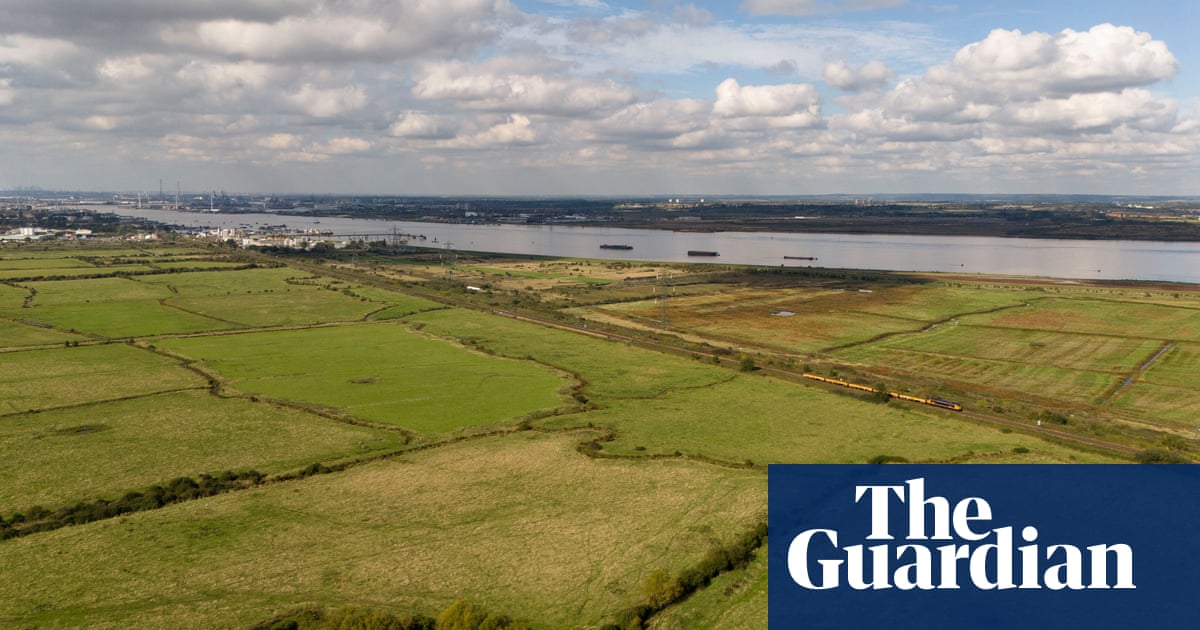Yourreportlast month on the Lower Thames Crossing and George Monbiot’s article (Overblown infrastructure projects damage lives and imperil democracy. Why is Britain addicted to them?, 24 June) raise the question of the rationale of government investments. More good money is going intoHS2, completion receding over the horizon, and nearly another £590m into the Lower Thames Crossing, which is supposed to relieve congestion on the Dartford Crossing. As many earlier studies have shown, more road capacity does not solve butworsens traffic congestion, an observation made in the 1963Buchanan report.
In fact, over half the traffic on the Dartford Crossing is local between south Essex and north Kent. The latest payment to the Lower Thames Crossing would pay for the KenEx tram project linking Dartford, Northfleet, Gravesend, Grays, Tilbury and Purfleet, offering a six-minute or better service, and cutting journey times. Indeed, the Thames tram tunnel has been designed to allow emergency vehicles to use it and save time reaching local hospitals, especially at peak times.
Research shows thatcar commuters will use trams when available, saving the time and trouble of looking for parking: 25% of tram passengers have switched from car use, the UK average. In the US, the figure is about 40%. KenEx reducing the Dartford Crossing traffic by about 20% will free capacity for freight that cannot go by rail. This is the same claimed for the Lower Thames Crossing, at less than 5% of the cost. The other £13.5bn would go a long way repairing hospitals and schools.Prof Lewis LesleyLiverpool
The future funding of large-scale infrastructure projects may well be vital for growth. But the people of north Kent and Essex living near the current Dartford Crossing would be much happier if small-scale projects such as the repair and subsequent reopening of the A226 between Gravesend and Dartford, which collapsed nearly two years ago, could be carried out soon.
Furthermore, the funding wrangles over the Gravesend-Tilbury passenger ferry should be ended and the service restored.
These smaller infrastructure projects would improve the lives of many working people living in the area and make them feel more disposed to support the disruption that will be caused by the construction of the new crossing.Barry CoomberPinner, London
The government’s commitment of £725bn over 10 years in the UK infrastructure strategy is welcome but, as George Monbiot points out, overblown infrastructure projects damage lives and imperil democracy.
In fact, the biggest infrastructure danger to democracy is the question of the refurbishment of the Houses of Parliament. With costs already estimated as high as £22bn and rising, this government is expected to make final decisions in the next year or two, so a budget allocation will be required and should be acknowledged in spending plans.
Viewed through one lens this is essential work to restore and conserve one of our finest buildings, which serves as a globally recognised symbol of British democracy. Through another it is a crumbling, dysfunctional pile that distorts our democracy and economy and will only proceed as a vanity project for parliamentarians.John ForsythPenzance, Cornwall
Have an opinion on anything you’ve read in the Guardian today? Pleaseemailus your letter and it will be considered for publication in ourletterssection.
